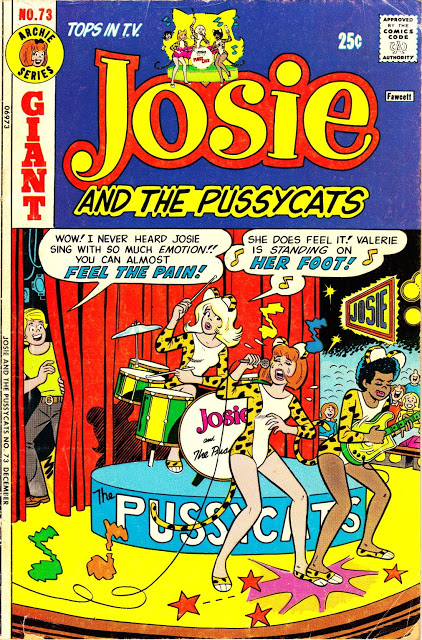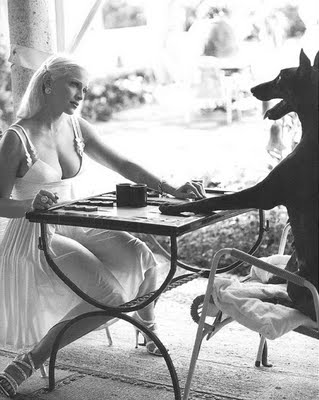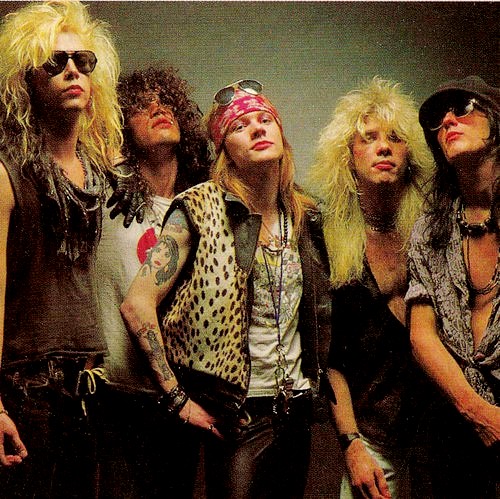“There are very few people that have escaped my eye. It was only when I finished my career did I realize what I’d done. I’ve done the best people ever. And there will never be people to match them. Ever.”
Terry O’Neill
Terry O’Neill began his career working in a photographic unit for an airline at London’s Heathrow Airport. During this time, he photographed a sleeping figure in a waiting area whom, by happenstance, was revealed to be Britain’s Home Secretary. O’Neill thereafter found further employment on Fleet Street with The Daily Sketch in 1959. His first professional job was photographing Laurence Olivier.

 Laurence Olivier, Back Stage, London, 1962
Laurence Olivier, Back Stage, London, 1962
His reputation grew during the 1960s. In addition to photographing the decade’s show-business elite such as Judy Garland, The Beatles and The Rolling Stones, he also photographed members of the British Royal Family and prominent politicians, showing a more natural and human side to these subjects than had usually been portrayed before. O’Neill had a longtime relationship with Faye Dunaway. They were married from 1983 until 1986.
 Judy Garland and her daughter Liza Minnelli, 1963
Judy Garland and her daughter Liza Minnelli, 1963
 Terry O’Neill rose to fame in the 1960’s in London, where he snapped this photo of the Beatles at Abbey Road, during the year they released their three classic albums, Please, Please… Me, Introducing the Beatles and With the Beatles. This image hangs in the National Portrait Gallery in London
Terry O’Neill rose to fame in the 1960’s in London, where he snapped this photo of the Beatles at Abbey Road, during the year they released their three classic albums, Please, Please… Me, Introducing the Beatles and With the Beatles. This image hangs in the National Portrait Gallery in London
 The Rolling Stones outside St. George’s Church in Hanover Square, London, 17th January 1964
The Rolling Stones outside St. George’s Church in Hanover Square, London, 17th January 1964
“Because I used to be a jazz musician, people at the paper asked me, ‘You know about music, who’s going to be the next pop group?’ I said, ‘I’ve been watching a group called The Rolling Stones. They’re a blues group but they’re good’. I went to photograph them and they [the newspaper editors] were horrified. They thought they looked like five prehistoric monsters. They said, ‘There’s got to be some good-looking ones!’”
 This stunning portrait of Marianne Faithful was taken the year she was discovered at a Rolling Stones record release party by manager Andrew Loog Oldham
This stunning portrait of Marianne Faithful was taken the year she was discovered at a Rolling Stones record release party by manager Andrew Loog Oldham
 Actress Audrey Hepburn, swimming in the South of France during the filming of Two For The Road (Stanley Donen, 1967)
Actress Audrey Hepburn, swimming in the South of France during the filming of Two For The Road (Stanley Donen, 1967)
 Frank Sinatra arrives at Miami beach with his entourage (including his stand-in, dressed in an identical suit and less well-dressed beefy minders) while filming Lady In Cement (Gordon Douglas, 1968)
Frank Sinatra arrives at Miami beach with his entourage (including his stand-in, dressed in an identical suit and less well-dressed beefy minders) while filming Lady In Cement (Gordon Douglas, 1968)
 American actor Steve McQueen looking thoughtful in his Hollywood office, 1968
American actor Steve McQueen looking thoughtful in his Hollywood office, 1968
 Scottish actor Sean Connery and French actress Brigitte Bardot meet for the first time in Deauville, before the filming of Shalako (Edward Dmytryk, 1968)
Scottish actor Sean Connery and French actress Brigitte Bardot meet for the first time in Deauville, before the filming of Shalako (Edward Dmytryk, 1968)
 French actress and sex symbol Brigitte Bardot on the set of The Ballad Of Frenchie King (Christian-Jaque, 1971), a comedy western, filmed in Almeria, Spain
French actress and sex symbol Brigitte Bardot on the set of The Ballad Of Frenchie King (Christian-Jaque, 1971), a comedy western, filmed in Almeria, Spain
 Actor Paul Newman resting his head on an actress Ava Gardner during a break from filming John Huston’s 1972 comedy western The Life and Times of Judge Roy Bean
Actor Paul Newman resting his head on an actress Ava Gardner during a break from filming John Huston’s 1972 comedy western The Life and Times of Judge Roy Bean
 Director John Huston and Ava Gardner, 1972
Director John Huston and Ava Gardner, 1972

 English pop star and pianist Elton John performs at the Dodger Stadium in Los Angeles, October 1975
English pop star and pianist Elton John performs at the Dodger Stadium in Los Angeles, October 1975

 Singer David Bowie sharing a cigarette with actress Elizabeth Taylor in Beverly Hills, 1975. It was the first occasion that the pair had met
Singer David Bowie sharing a cigarette with actress Elizabeth Taylor in Beverly Hills, 1975. It was the first occasion that the pair had met
 Singer Bruce Springsteen walking down Sunset Strip with his hands in the pockets of his leather jacket, 1975
Singer Bruce Springsteen walking down Sunset Strip with his hands in the pockets of his leather jacket, 1975
 German actress Marlene Dietrich walking on stage for a curtain call, 1975
German actress Marlene Dietrich walking on stage for a curtain call, 1975
 Actress Faye Dunaway resting by the Beverly Hills Hotel swimming pool the morning after she recieved the 1976 Best Actress Academy Award. There are newspapers on the floor and her Oscar is on the table, 29th March 1977
Actress Faye Dunaway resting by the Beverly Hills Hotel swimming pool the morning after she recieved the 1976 Best Actress Academy Award. There are newspapers on the floor and her Oscar is on the table, 29th March 1977
 Elton John and lyricist Bernie Taupin outside the famous Paris cafe, Aux Deux Magots. The pair have collaborated on more than 30 albums over a 40 year partnership, 1980
Elton John and lyricist Bernie Taupin outside the famous Paris cafe, Aux Deux Magots. The pair have collaborated on more than 30 albums over a 40 year partnership, 1980
 Anjelica Huston, promotional picture for Witches (Nicholas Roeg, 1990), a fantasy film based on the book of the same name by Roald Dahl
Anjelica Huston, promotional picture for Witches (Nicholas Roeg, 1990), a fantasy film based on the book of the same name by Roald Dahl
 British actor and musician Sting, lead singer and bassist with pop group The Police, 1985
British actor and musician Sting, lead singer and bassist with pop group The Police, 1985
“I was working on a present for Nelson Mandela, when he came here for his 90th birthday and there was a concert for him in Hyde Park. Amy was due to sing but she was in hospital. She actually got out of bed to come and perform. I only took two frames but I’m so glad I did because she was a really talented lady.”
More Terry O’Neill photographs:


























































